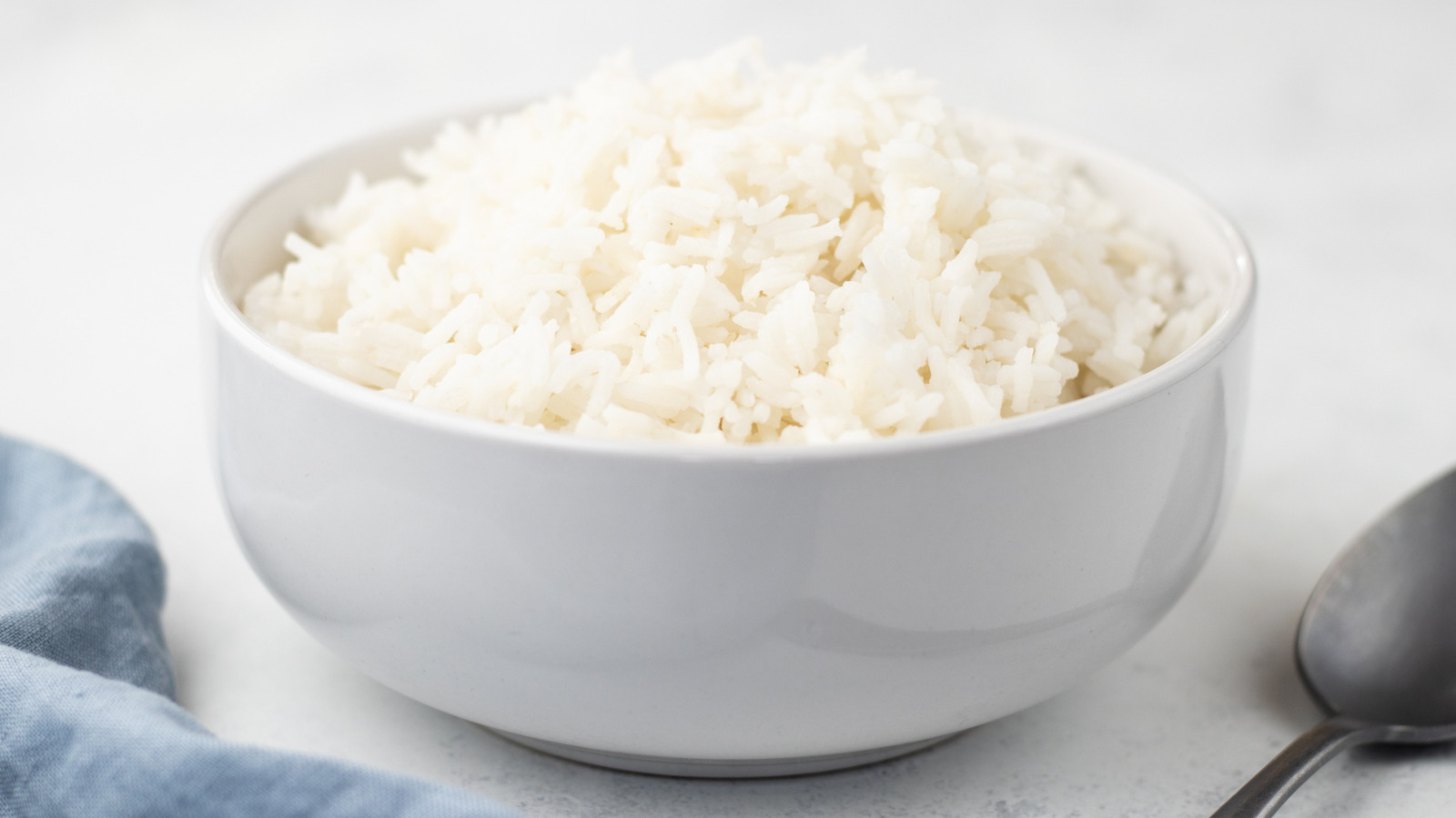
"Rice is particularly susceptible to being colonized by a foodborne bacteria called Bacillus cereus. If you leave cooked rice sitting at room temperature for too long, the bacteria can multiply and produce toxins that can't be destroyed by reheating."
"Consuming rice that's been contaminated with Bacillus cereus could leave you with a nasty bout of food poisoning, with symptoms including nausea, vomiting, and diarrhea."
"By following the correct cooling, storing, and reheating techniques, you can keep the bacteria at bay and protect yourself from illness."
"Simmer until heated through. Cover the pan with a lid. Then, reheat the rice on the stovetop over medium heat, stirring occasionally, for two to three minutes, until it's piping hot."
Rice is a staple but can pose health risks if not handled correctly. Bacillus cereus can contaminate cooked rice left at room temperature for extended periods, producing toxins that are not destroyed by reheating. Symptoms of consumption include nausea and diarrhea. Proper methods of cooling, storing, and reheating rice are crucial in preventing illness. Reheating rice involves simmering on the stovetop with occasional stirring until it is piping hot, ensuring both safety and pleasant texture.
Read at Tasting Table
Unable to calculate read time
Collection
[
|
...
]